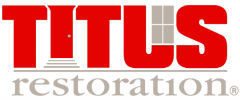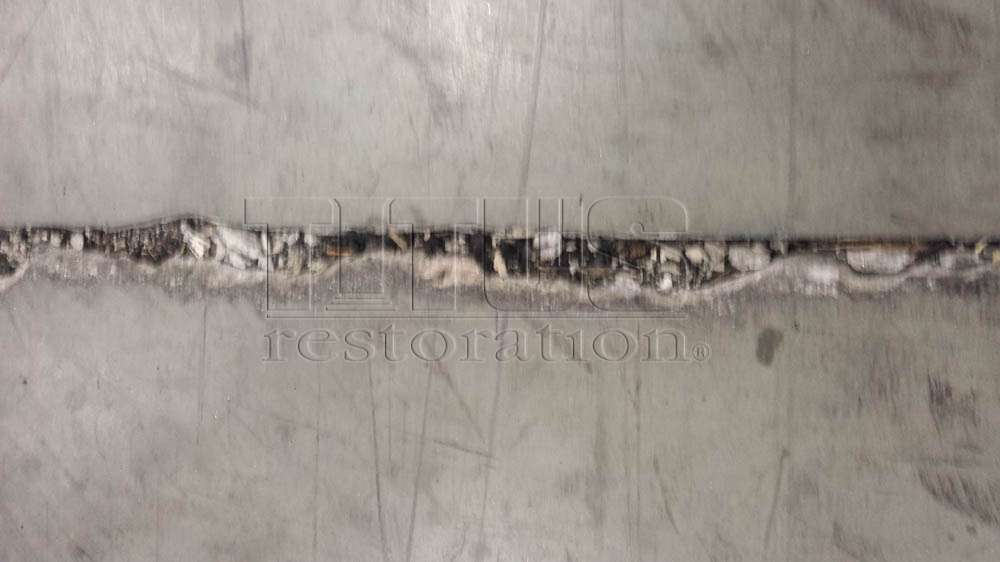In warehouses and distribution facilities concrete floor flatness is important. The industry term is FF (floor flatness) and FL (floor levelness). The ASTM standard for FF and FL is ASTM E1155. The flatness of a floor often determines the speed and efficiency of moving materials to and from loading and unloading areas safely and economically.
Does poor concrete floor flatness and levelness contribute to forklift speed in your warehouse or manufacturing facility?
There are several common industrial concrete floor problems that develop in warehouse and distribution facility concrete floors. All of these problems slow forklift traffic, reduce productivity, increase operating costs, and are serious safety issues.
Uneven Control Joints
This floor was stabilized and partially leveled by slab jacking with urethane foam. Leveling the slab at the dock doors was important to the tenant for efficiency and safety.
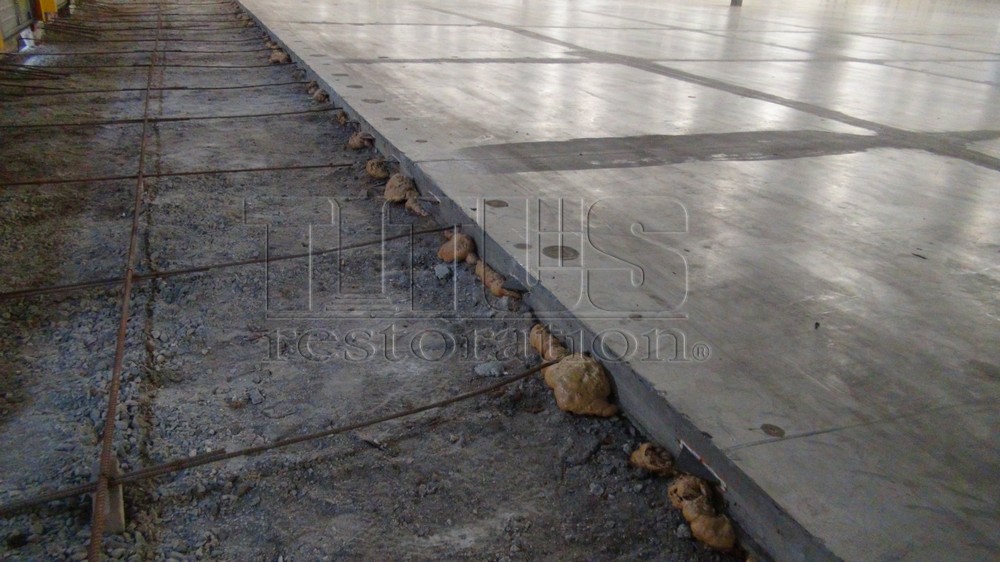
Industrial Concrete Slab Jacking is not the only option to floor flatness issues. When common industrial concrete problems arise, leveling the slab to increase forklift speed and production and decrease maintenance cost can be achieved in many different options.
Grinding after Slab Jacking
Once the floor was slab jacked to be made stable, the remaining joints still required grinding for final leveling.
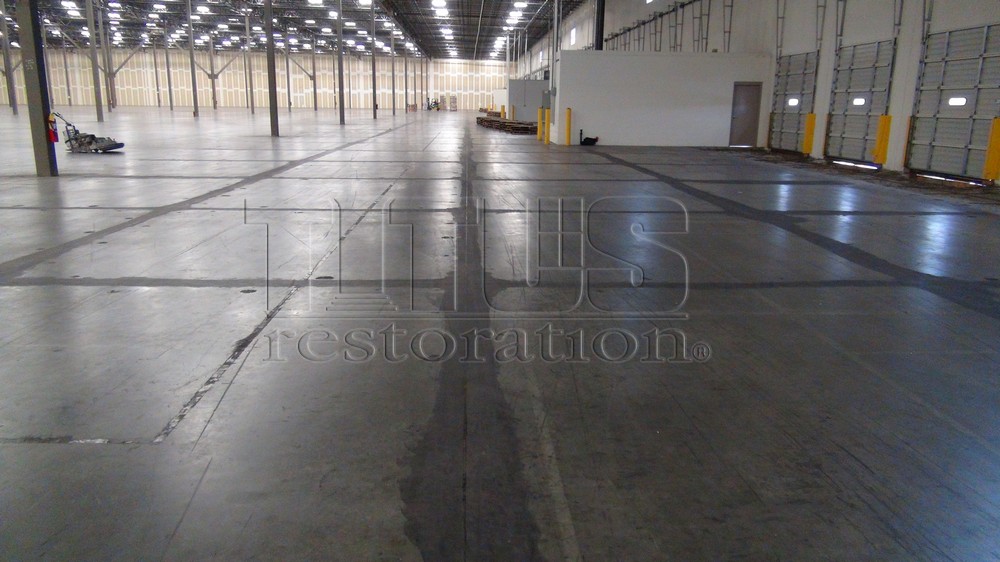
This slab curling (common industrial concrete floor problem causing un-level concrete and flatness issues), is repaired with the traditional sub-slab injections (or slab jacking) it leaves unsightly marks in warehouse floors.
Unfortunately, the grinding process on this floor left a very unsightly result. See the close-up picture below.
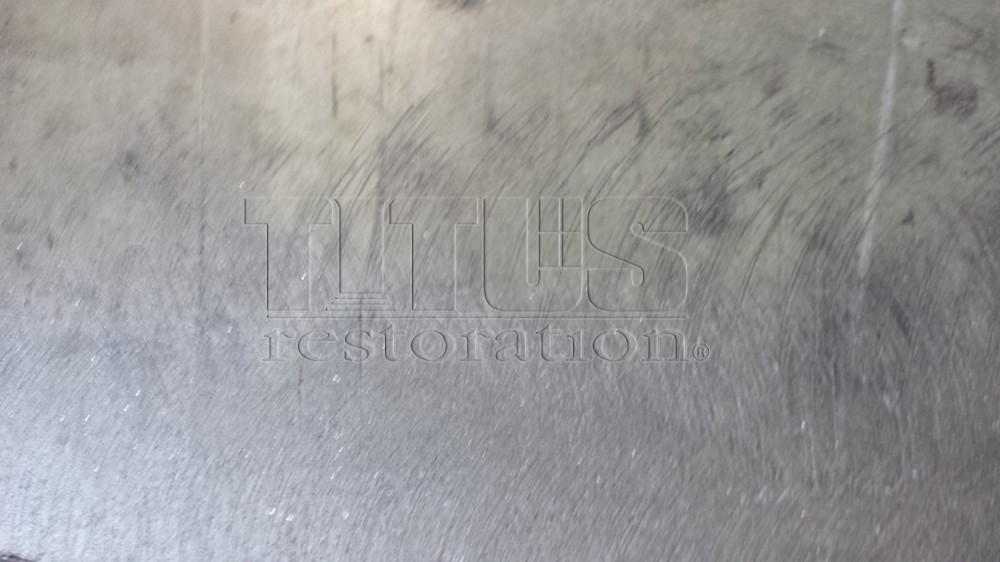
See this up-close view of the scratches left in the concrete from the concrete slab flattening. Not only does this look bad, but it is hard to keep clean because of the rough surface. There are other methods for industrial concrete repairs that leave smooth surfaces while correcting many common industrial concrete floor problems such as floor flatness.
The Titus HybridTM Polished Concrete Improves the Slab
As seen in the picture following picture, not only did the Titus Hybrid TM polished concrete system remove the unsightly grinding marks, it lightened the slab in color considerably and increased lighting efficiency.
What cannot be seen it the improvement in the concrete itself that the Titus Hybrid TM system made. at the hardness of the surface of the concrete was increased from a Mohs hardness of 4 to a Mohs hardness of 6 thus making the slab harder, easier to clean, and stopping any concrete dusting. Read more about Hybrid polishing concrete.
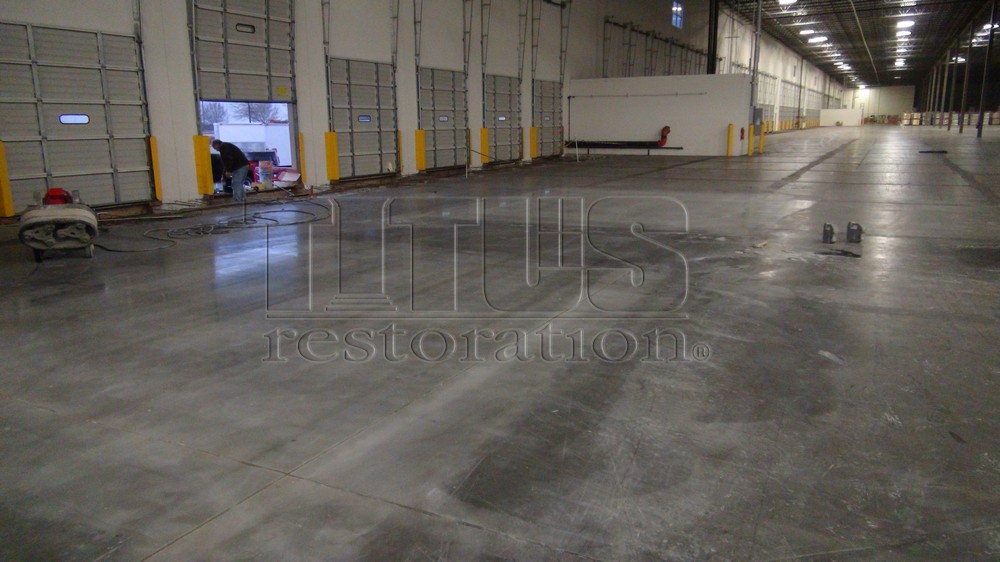
See the scratch marks from the industrial concrete repair have been removed by concrete grinding and polishing. Not only has the concrete floor been leveled, but it is smooth and easy to clean.
Unraveling of Control Joints
It is important that control joints in high traffic areas be filled with polyurea to stop unraveling. Read more.
Other Topics
The following are links to other pages that address floor flatness, floor levelness, repairing or improving the appearance and durability of concrete surfaces.
- Floor Flatness on Allen Face’s website
- The ASTM Standard for FF and FL on ASTM Website
- Control and Expansion Joint Filling
- Control and Expansion Joint Repair
- Hybrid Polished Concrete
